The Handbook of Mammals of the World, a 9-volume compendium of all that is known about each species of mammal on earth, was completed in 2019. Those volumes, coffee-table sized and richly illustrated, each with upwards of 1,000 pages, are very useful desktop references, but not easily portable or useful on short term visits to various regions of the planet. In an attempt to broaden the usage of the massive amounts of data, illustrations, and maps compiled during the project, Lynx Edicions is preparing a series of regional illustrated Checklists of mammals for various areas worldwide.
Scientific literature devoted to the study of mammals has grown exponentially during the past century. The Handbook of Mammals of the World Project attempted to cover this material by employing some of the best mammalogists in the world as authors. Their work was thorough and scientifically accurate, yielding a valuable storehouse of information about all known species of mammals. By distilling that information even further and arranging the species geographically rather than taxonomically as in the HMW volumes, an even wider audience will be able to enjoy the information.
Mammals are among the most well-known groups of organisms, and our interest in them is heightened because we humans are mammals as well. Distributed worldwide and found in almost every habitat, mammals have radiated into an amazing number of different life forms. Many are large and conspicuous, such as ungulates and carnivores. This makes it easier to observe and study them and as a result, we often know more about their biology than we do about their smaller and more inconspicuous relatives.
This new set of Illustrated Checklists will cover all of the mammals of a given region, down to the smallest bat and shrew as well as the larger and more showy species. As an example, note the amazing variety of small marsupials covered in this initial volume. Many people think of marsupials as limited to Australia and New Guinea, but South America is home to its own unique versions of these small opossums and relatives. In addition to being beautiful in their own right, they occupy a wide variety of the unique habitats found in the region.
We hope these new checklists will help to acquaint the interested reader with the entire mammalian fauna of their region, or of those being visited. Learning more about our closest relatives in the Animal Kingdom will make all of us better citizens of the planet. In this age of rapidly changing climates and habitat destruction, getting to know more about our fellow inhabitants can only help us to better mitigate the changes and challenges we will all be facing in the coming century.
From the preface of Mammals of the Southern Cone by Don Wilson
Sample pages
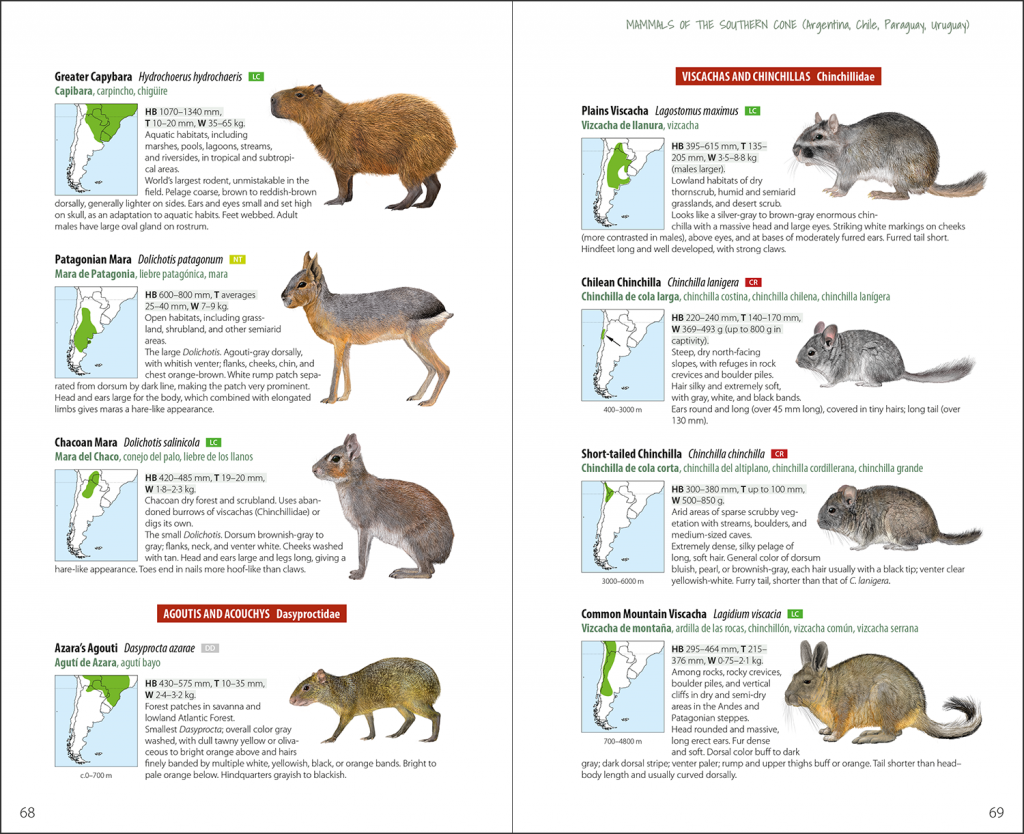
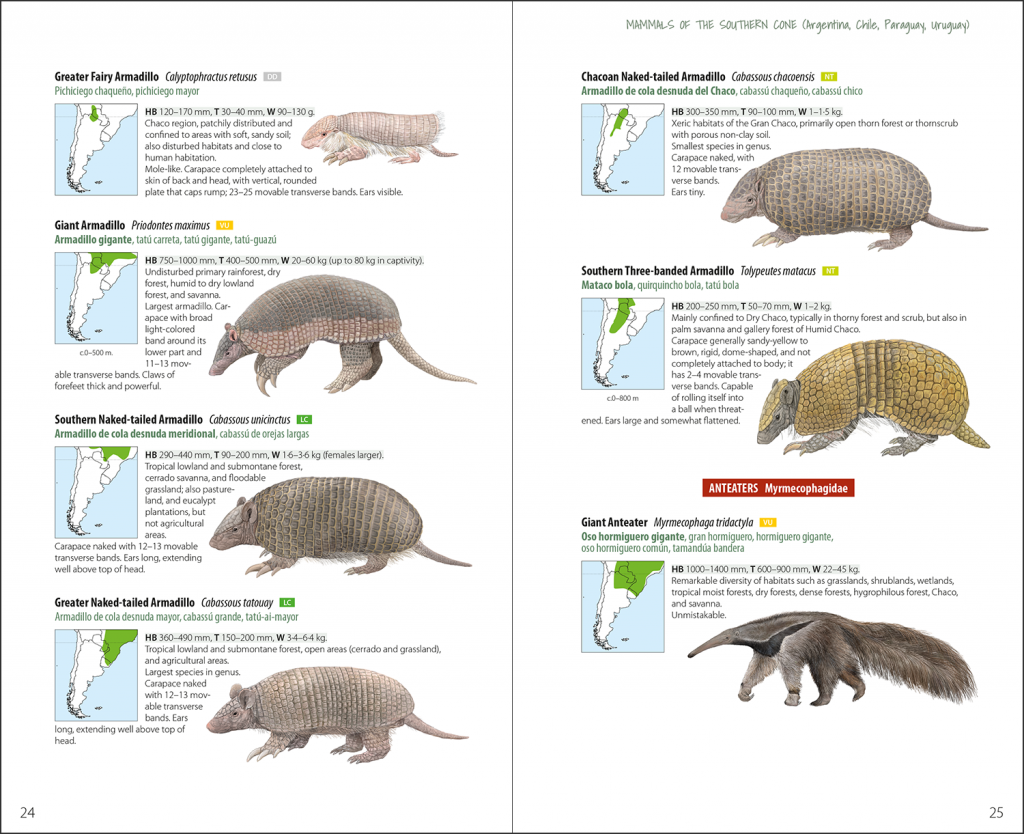
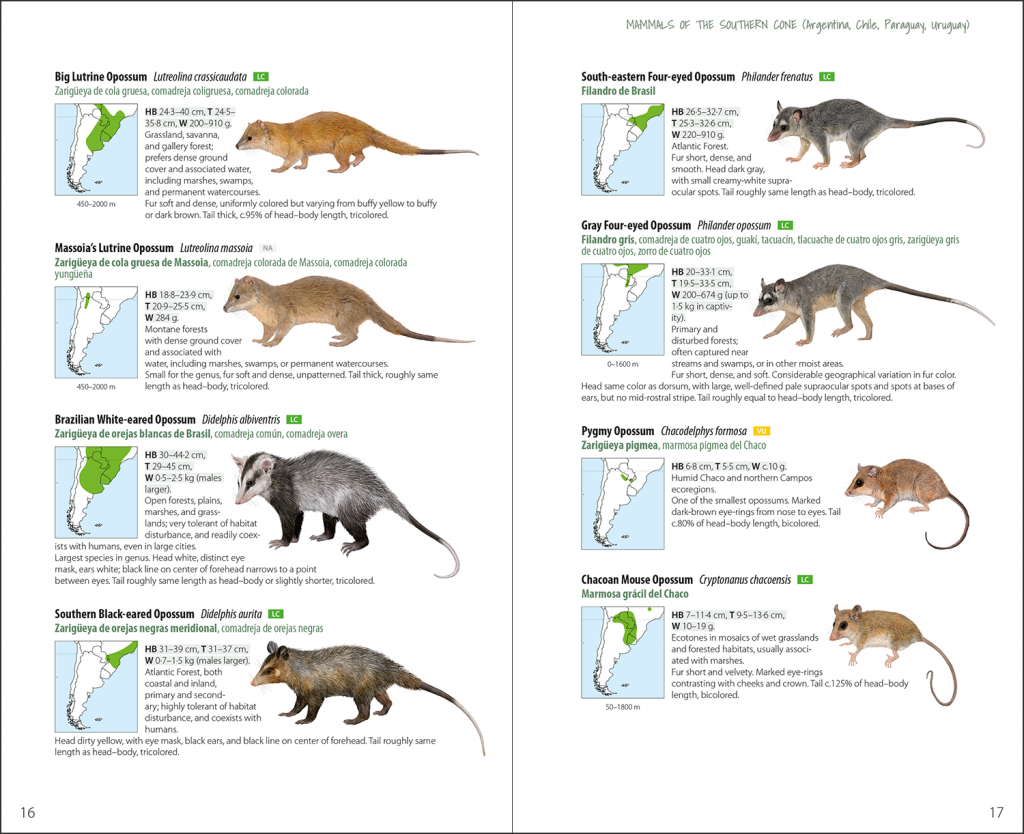
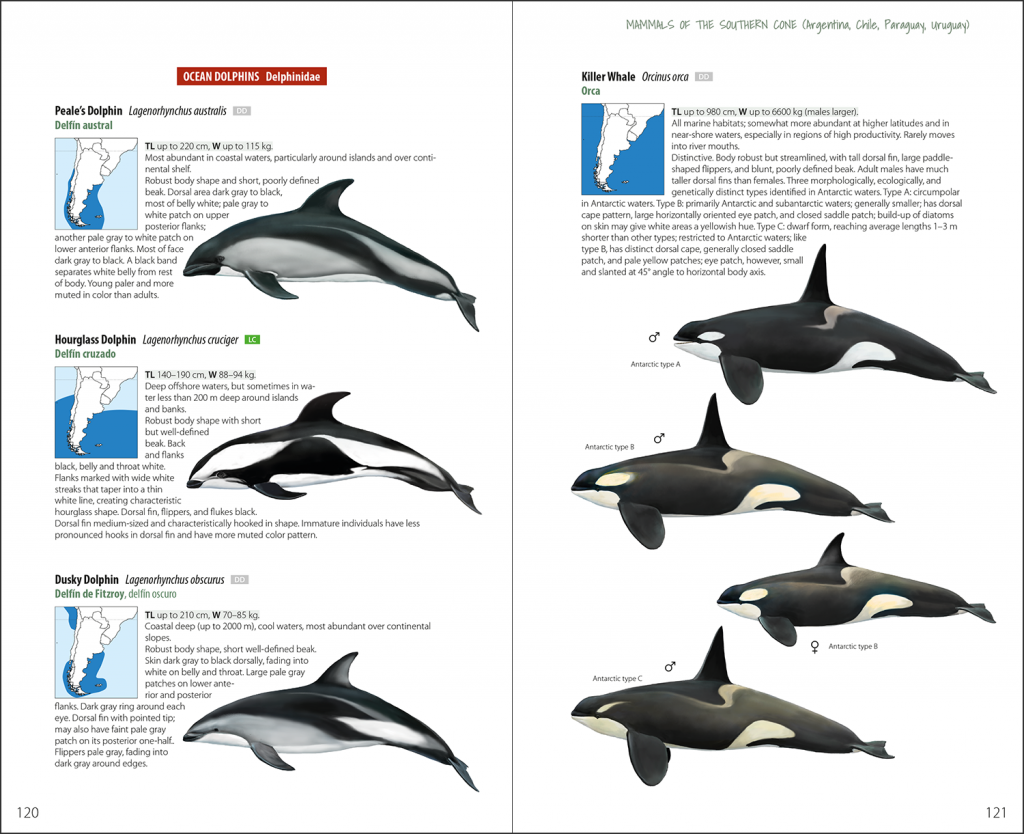



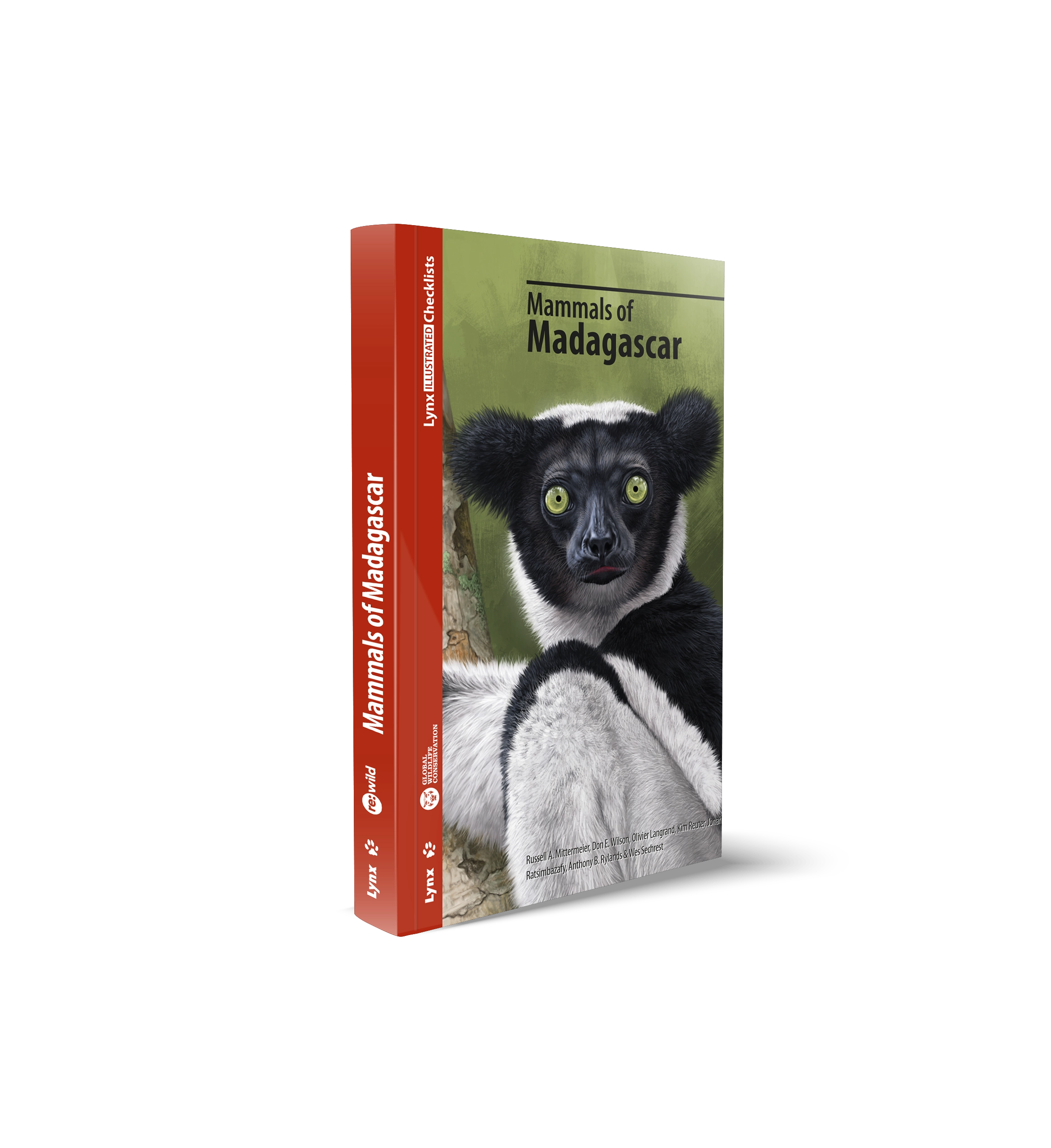
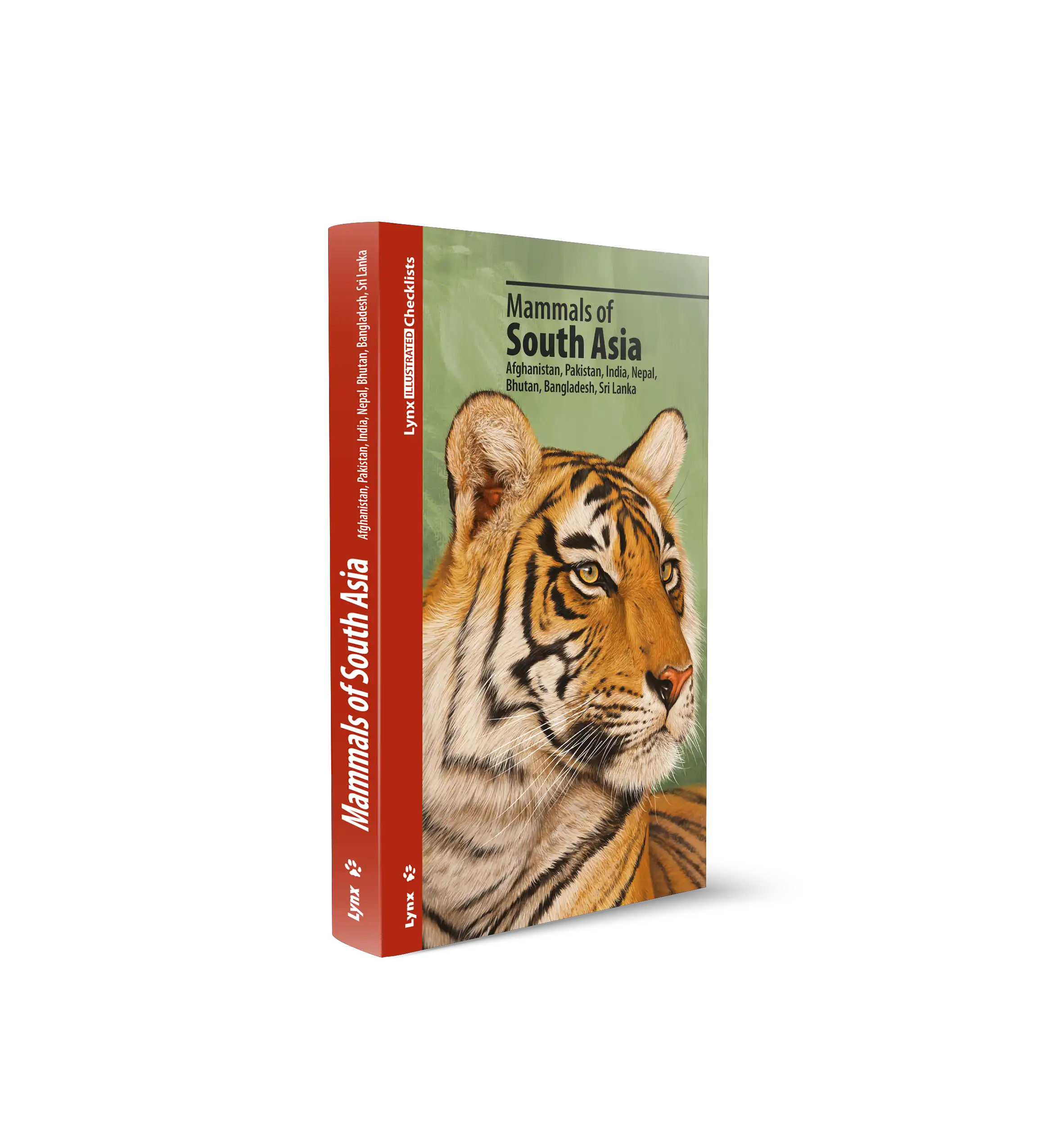
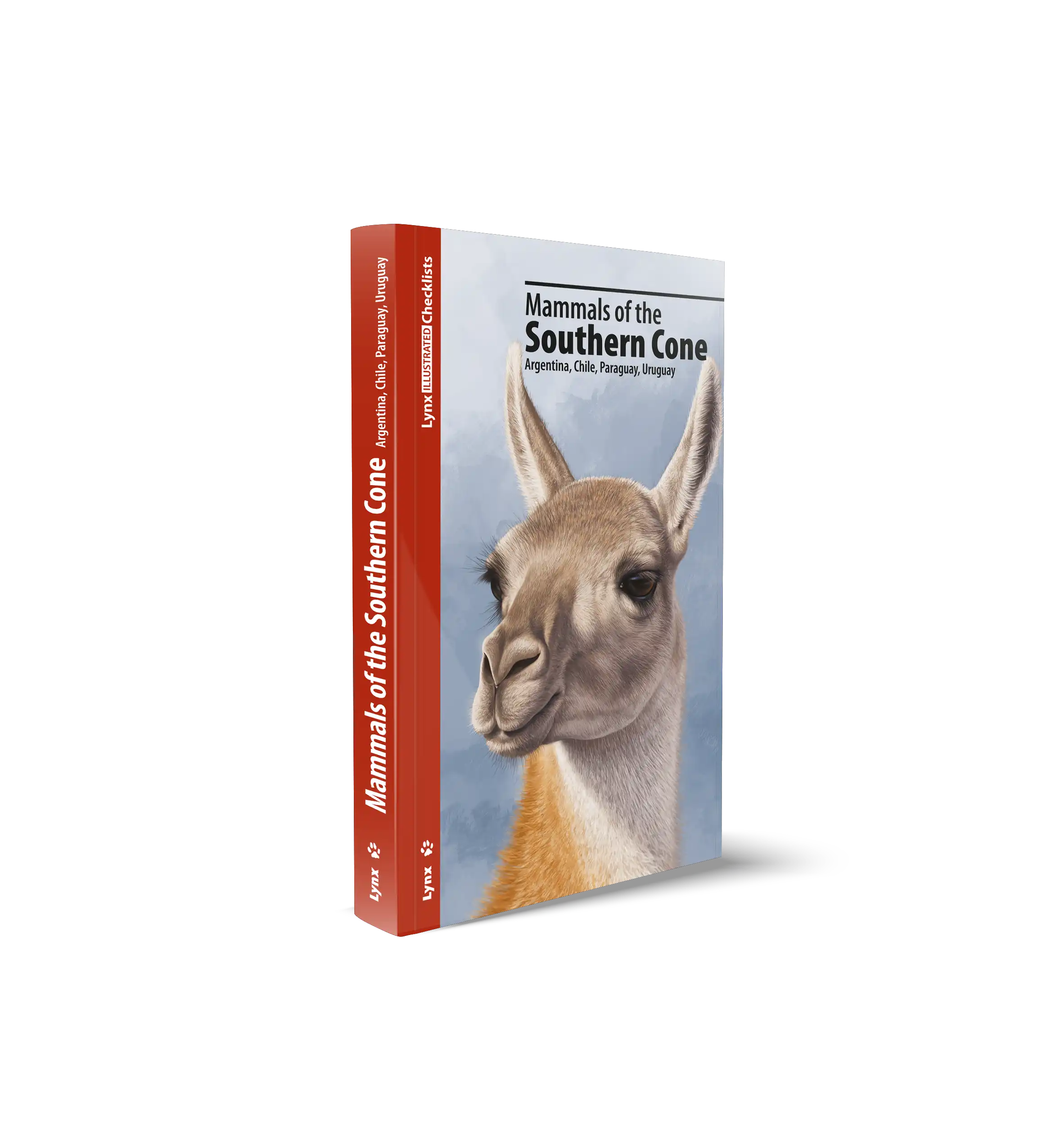








 Copyright 2025 © Lynx Nature Books
Copyright 2025 © Lynx Nature Books